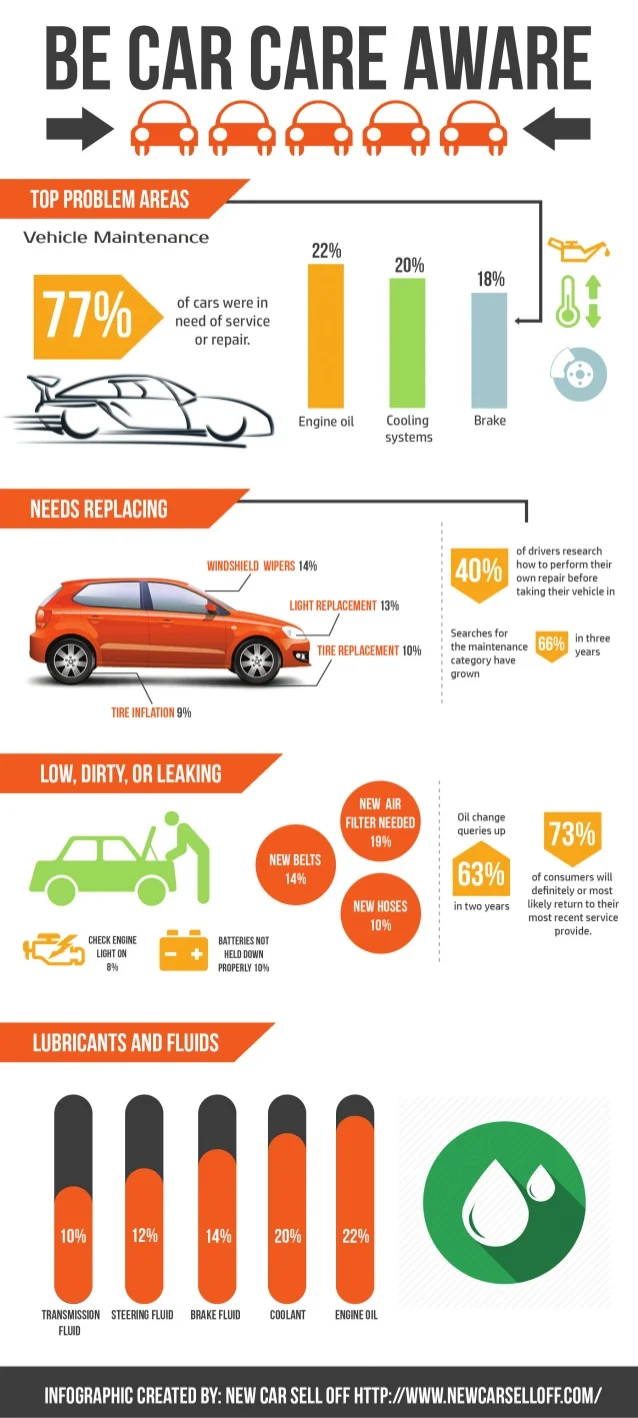Comprehending Your Car'S Caution Lighting: What Do They Really Mean?
Comprehending Your Car'S Caution Lighting: What Do They Really Mean?
Blog Article
Web Content Writer-Hernandez Boyer
When you lag the wheel, those beautiful warning lights on your control panel can be a little bit puzzling. Do you understand what they're trying to tell you regarding your vehicle's health and wellness? Understanding the importance of these lights is essential for your safety and security and the durability of your vehicle. So, the next time among those lights appears, would not you wish to analyze its message accurately and take the essential steps to address it?
Common Caution Lights and Interpretations
Determine usual caution lights in your auto and comprehend their definitions to ensure risk-free driving.
One of the most typical caution lights include the check engine light, which signifies issues with the engine or emissions system. If this light begins, it's crucial to have your vehicle examined without delay.
The oil pressure warning light shows low oil stress, calling for immediate interest to stop engine damages.
A blinking battery light could suggest a defective billing system, possibly leaving you stranded if not dealt with.
The tire pressure monitoring system (TPMS) light signals you to low tire pressure, influencing lorry stability and gas efficiency. Disregarding this could lead to unsafe driving conditions.
The abdominal light indicates a trouble with the anti-lock stopping system, jeopardizing your capacity to quit promptly in emergency situations.
Last but not least, the coolant temperature level advising light warns of engine getting too hot, which can lead to extreme damages otherwise dealt with swiftly.
Recognizing these usual caution lights will assist you resolve concerns without delay and preserve safe driving problems.
Value of Prompt Interest
Understanding the typical warning lights in your car is just the first step; the significance of promptly resolving these warnings can not be emphasized enough to guarantee your security when traveling.
When a warning light brightens on your dashboard, it's your auto's method of communicating a prospective concern that requires focus. Neglecting you can check here can cause much more serious problems in the future, endangering your security and potentially costing you much more out of commission.
Visit Webpage to alerting lights can prevent malfunctions and mishaps. As an example, a flashing check engine light can indicate a misfire that, if left neglected, can cause damage to the catalytic converter. Addressing this without delay can save you from a costly repair service.
Likewise, a brake system advising light could signal low brake liquid or worn brake pads, crucial parts for your safety when driving.
Do It Yourself Troubleshooting Tips
If you discover a caution light on your dashboard, there are a few do it yourself repairing ideas you can attempt prior to looking for specialist help.
The primary step is to consult your automobile's handbook to comprehend what the particular caution light suggests. In some cases the problem can be as basic as a loose gas cap activating the check engine light. Tightening the gas cap might solve the issue.
Another usual concern is a low battery, which can trigger numerous alerting lights. Inspecting the battery connections for rust and ensuring they're safe and secure may deal with the trouble.
If a warning light continues, you can attempt resetting it by detaching the vehicle's battery for a few minutes and then reconnecting it. Additionally, examining your car's fluid levels, such as oil, coolant, and brake fluid, can help troubleshoot cautioning lights associated with these systems.
Conclusion
To conclude, understanding your automobile's caution lights is vital for keeping your automobile running smoothly and safely. By promptly dealing with these signals and recognizing what they imply, you can prevent expensive repair services and possible breakdowns.
Remember to consult your vehicle's manual for specific information on each cautioning light and take action as necessary to make certain a trouble-free driving experience.
Stay informed, remain safe when traveling!
